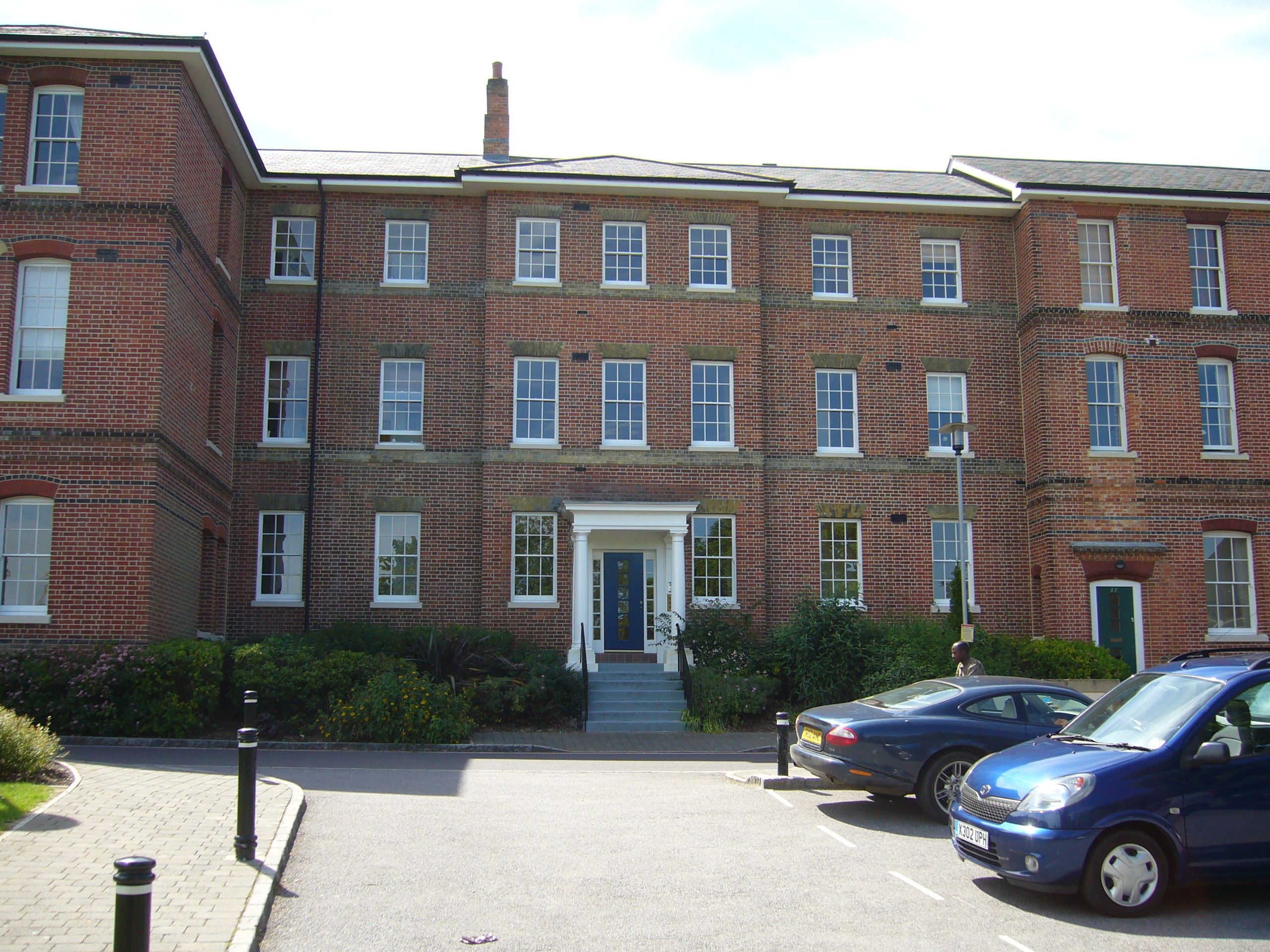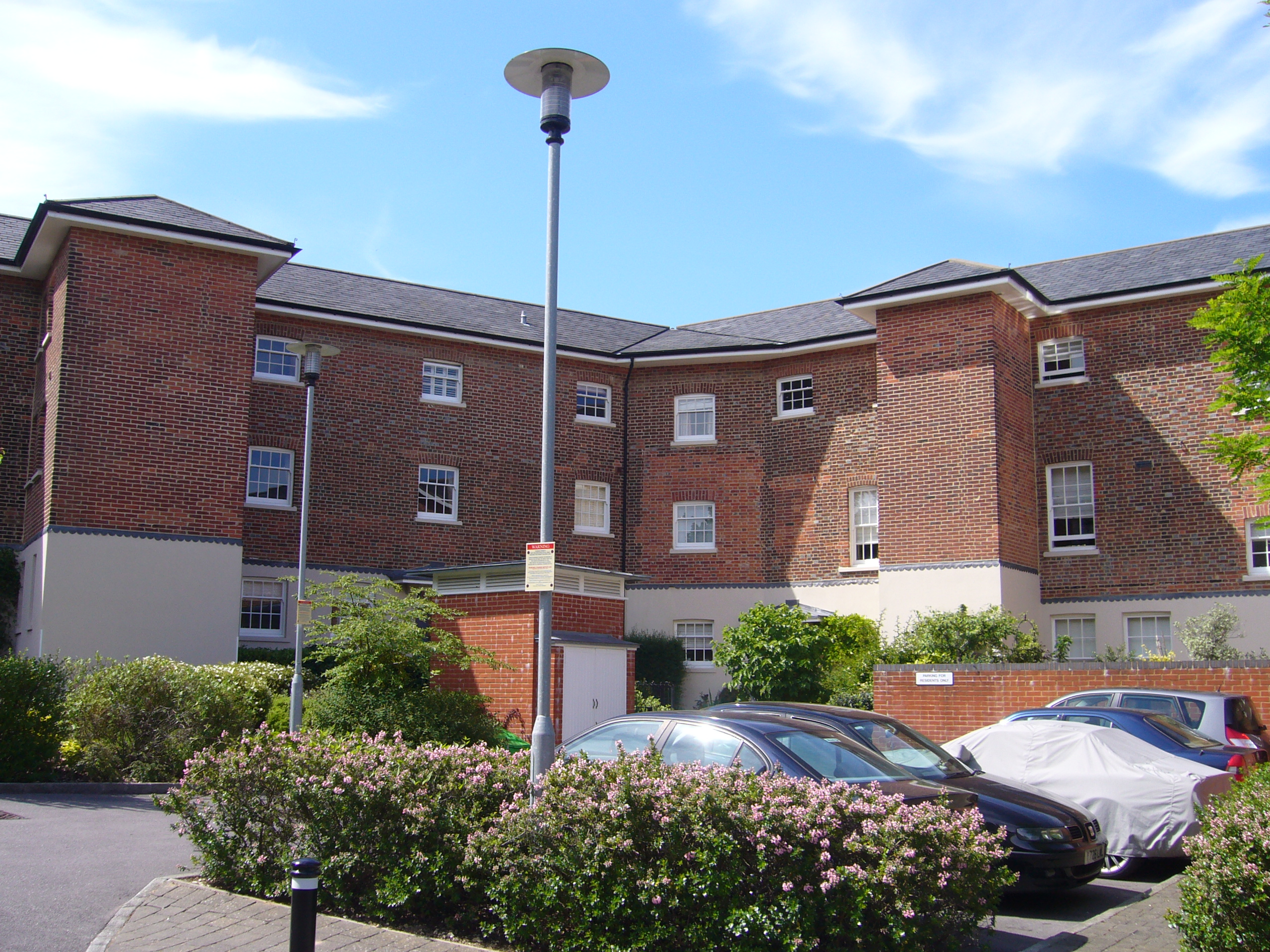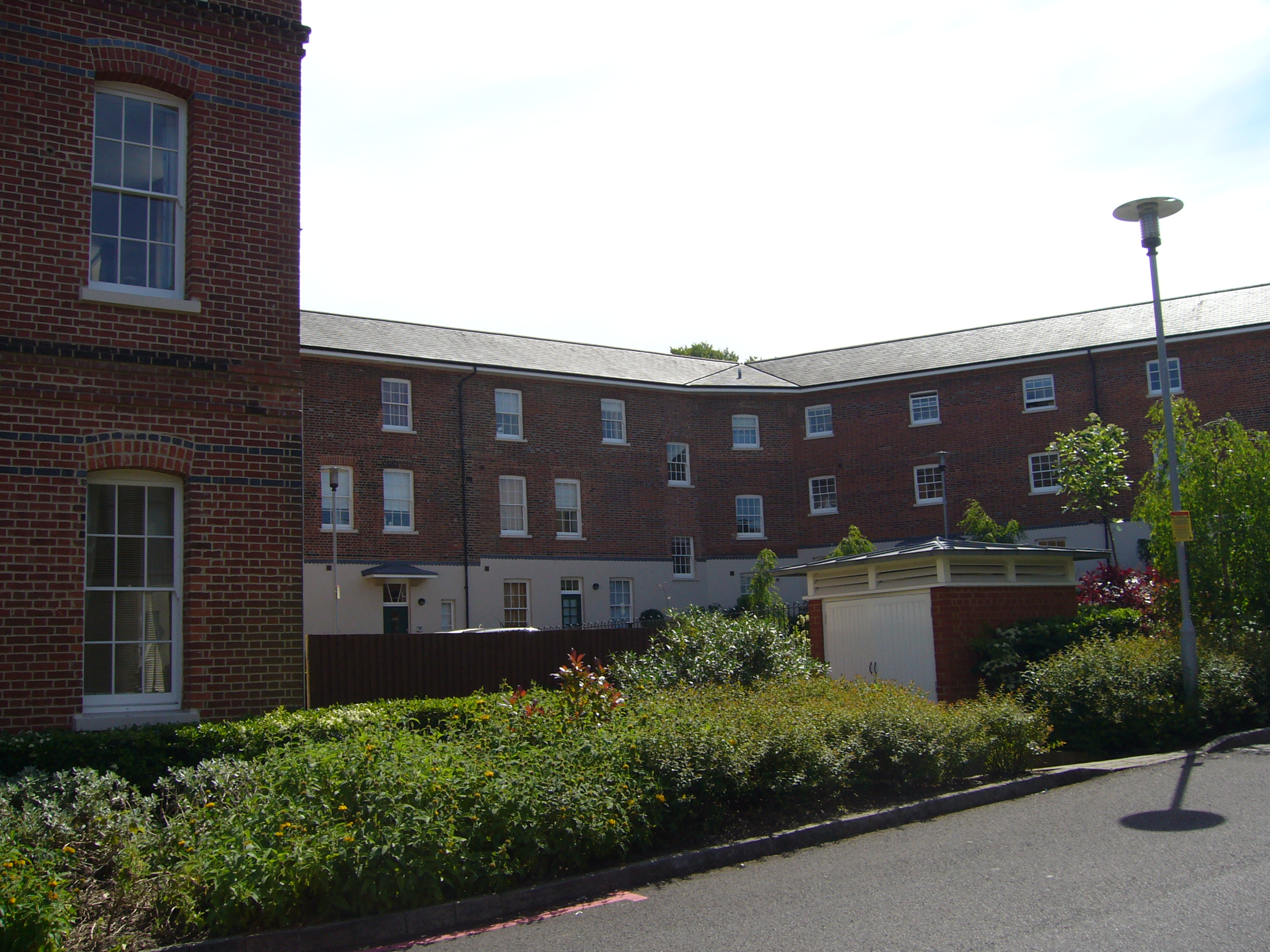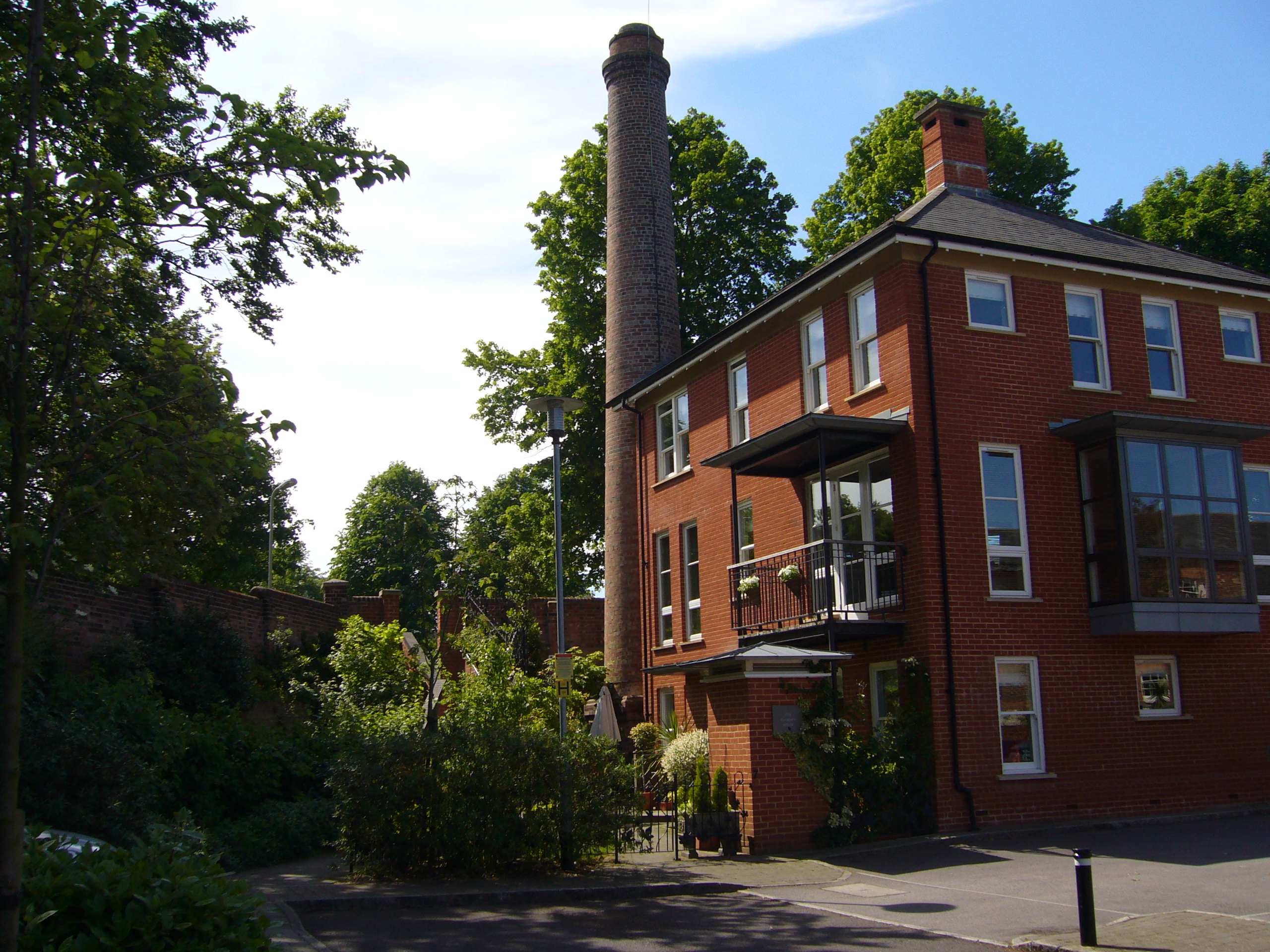WEEKE LOCAL HISTORY
New Winchester Union
The Church had been involved in supporting the poor and infirmed from the earliest times of christianity in England. This was typically provided via the monasteries.
The poor could be divided into three groups
- The impotent poor included the ill, the infirm, the elderly, and children with no-one to properly care for them. It was generally held that this category should be looked after.
- The able-bodied poor normally referred to those who were unable to find work. Attempts would be made move them out of this category, by relief either in the form of work or money.
- The 'vagrants' or 'beggars' often called the idle poor were those who could work but had refused to. They were seen as people needing punishment, and as such were often whipped in the market place as an example to others (URL13).
With the Reformation during Henry VIII reign the monasteries were disbanded. It became clear that this resulted in the loss of support for the poor and infirmed. There was no hierarchical structure of Government so the responsibility for this support naturally fell on the parish.
From 1530s various Acts established the Parish responsibility accumulating in the Acts of 1597 and 1601. These required the annual election for each parish of an Overseer of the poor who was answerable to the parish vestry and the Justices of the Peace. The Overseers were able to raise a local tax which would be supplemented with charities revenue to provide financial support to the poor in the parish. The Act of Settlement in 1662 defined the ways in which a parish was responsible. There were rules to ensure only appropriate people would receive support from the Overseer. Thus anyone entering a parish and occupying a property worth less than £10 per annum could be challenged by the Overseers within 40 days of arrival. After an order from two Justices of the Peace was produced a person could be removed by the parish constable to the place where they were legally settled. The only exception was if they could provide indemnity against becoming chargeable to the parish. This resulted in the establishment of Settlement Certificates that would commit a persons ‘home’ parish to cover the responsibility if that person requested poor relief in a foreign parish. Children generally obtained settlement in the place where they were born, even if they were illegitimate. This resulted in overseers being anxious to remove from the parish pregnant, unmarried women before the birth of a child. A new settlement could be obtained through apprenticeship or service for more than a year. An Act in 1795 changed the removal process so that removal could only take place when a person became chargeable to the parish (Hey, 1996 p362).
By the late 18th and early 19th century poor relief was becoming increasingly expensive. It was widely felt that the system encouraged people to avoid work and live on parish relief. It was also thought that employers could pay low wages since the parish ensured that workers and their families did not starve. An Act in 1782 Gilbert’s Act allowed parishes to combine for the purposes of building and administering a workhouse. In Winchester, St Thomas, St Mary Kalendar and St Maurice set up a Gilbert Workhouse in 1795. This Act still arranged for the able bodied to be excluded from the workhouse. Eventually the problems led to major changes to the poor law via the Poor Law Amendment Act of 1834. All parishes were made to amalgamate into unions, each of which had an elected Board of Guardians to administer poor relief. Each parish elected a Guardian based on the rates levied on owners of property in the parish (Hey, 1996 p362).
Although Hursley could have been included in the Winchester Union it had already built a parish workhouse which became a Union Workhouse with several other local parishes. The Unions formed across the country were also used to define the registration districts for the new Birth Marriage and Death registration system set up in 1837. For a few months Winchester and Hursley, which were separate Unions, were separate districts but in October 1837 they were combined and generally the registration district was called ‘Winchester’. The district was changed over time as different parishes were added or removed (Union Parishes).

New Winchester Union 2007 © Barrie Brinkman
The newly created Winchester Union had the first meeting of the Guardians in Winchester was 11th August 1835. It was quickly decided that the Gilbert Workhouse was not appropriate and the site was not big enough to support the new Union House. Instead an area that was part of Oram’s Arbour was selected for a new building. The land was purchased although there were problems with the Dean and Chapter and the London and Southwest Railway, that was in process of defining the line for the railway line through Winchester and was very close to the Workhouse site.
The plan was to build a new workhouse then close and sell the sites of the Gilbert Workhouse in Middle Brook street and a parish workhouse at Bishopstoke (Moxley, 1987).

New Winchester Union showing the 'Y' design
from the south 2007 © Barrie Brinkman

New Winchester Union showing the 'Y' design
from the north 2007 © Barrie Brinkman
The design of the new building was chosen to be based on a hexagonal plan to accommodate 300 paupers. This design had been produced by Sampson Kempthorne, architect to the Poor Law Commissioners. Within the walls of the hexagon was a Y shaped building. The space between the walls and building allowed for exercise areas. The Government had made provision for loans to be advanced by the Exchequer for the building of the Union Workhouses. A loan for £5,050 was made for the Winchester workhouse and arrangements made to make repayments from the poor rates collected by each parish. After a competitive tender process a local builder was chosen and the new workhouse built. It was late in 1837 that the Guardians took over the new union workhouse.

New Winchester Union showing the chimney
2007 © Barrie Brinkman
The main axis of the building runs east and west. The women and girls’ quarters were in the south wing of the Y, while the men and boys were in the north wing. There was to be no communication between the sexes, they only met in the dining-room and in the chapel and even here they were not allowed to mix. Initially a school was provided for boys and girls. But later separate schools were provided. From the entrance to the left of the waiting room was the porter’s room and searching room. All new entrants were inspected in the search room to ensure they were truly destitute.
To the right of the waiting room was the bread store and bake-house. The boys’ school room was behind the waiting room. Behind the school was the kitchen, larder and scullery and finally the Master’s Parlour where he could see all the workhouse. The Master’s sitting room, also with observation windows, was on the first floor, together with the Dining Hall, Chapel and The Guardians’ Board Room. Private quarters for the Master and his family were on the second floor. The men and women day rooms were on the ground floor and the bedrooms and sick wards were on the higher floors.
On admission all paupers would have been subject to cleansing and medical examination. Children, who were under 7, were allowed to stay with their mothers and all children over 16 were classed as adults. Half an hour after 5 am when the rising bell rang, the Master inspected the Men’s and boys’ wards and the Matron (the Master’s wife) those of the women and girls. Only the sick, aged and infirm were excused this inspection. The paupers then progressed to breakfast where the Master read prayers and they were not allowed back to the dormitories until bedtime. Work was then undertaken by the able-bodied from 7 am in summer and 8 am in winter. There was a break for lunch between 12 noon and one o’clock, and then work was resumed until 6 pm. Supper was taken at 6 pm and all the inmates had to retire to bed at 8 pm. At 9 pm the house was locked and the Master and Matron made sure all inmates were in bed and all lights and fires were out (Moxley, 1987).
The Workhouse was arranged to not be a very attractive place and generally most people wanted to avoid it. This hopefully discouraged many from applying for poor relief or encouraged inmates to seek work outside the workhouse. The problem was that such work was not always available, and that unemployment due to bad weather or economic depression was one of the causes of application for poor relief. So admissions of able-bodied paupers increased during winter months and declined in summer months. One classic category of admissions was unmarried girls who were pregnant most of whom were servants that had been thrown out by their employer and rejected by their families. The remaining admissions were for sick, aged, infirm and the destitute (URL12).
The work undertaken in the workhouse was initially ‘picking junk’. Junk was old rope which, when unravelled into threads or oakum was used for caulking the seams of wooden ships. The unravelling was light work that could be undertaken by women, and aged or infirmed men. There was also the sorting and picking of horse hair. Bone crushing for fertiliser and glue became the work for able-bodied men.
All wayfarers, vagrants etc were searched on arrival, and all possessions taken from them. For one night’s lodging they were required to do four hours’ labour the next morning from the time of breakfast, and anyone who refused was liable to be imprisoned in the House of Correction with hard labour for a month.
Although there could be problems in workhouses the most famous was the abuse that took place at the Andover Union Workhouse. This lead to the banning of bone crushing and the replacement of the Poor Law Commission by a Poor Law Board which was more directly responsible to Parliament (URL15).
The Poor Law Commission had regulated every aspect of workhouse life, issuing diet tables from which Boards of guardians could choose meal types. These consisted of bread and gruel for breakfast, bread and cheese for lunch, but with meat and vegetables instead on two days per week, and bread and cheese for supper. The cheese ration was up to 2 ounces per meal. This was claimed to be superior to what a labourer would have outside the workhouse. It was however not a plentiful diet particularly when errors and dishonesty occurred such as at Andover.
During the early years the Union workhouse was never full, which was exactly what the system had been designed to achieve. The Guardians often helped inmates to find work or in some cases helped able-bodied paupers to emigrate. The Winchester Guardians were always showing social concern for their inmates ensuring good food was provided and particularly ensuring care was taken of children, over the education, spiritual care, and eventually placing them in employment (Moxley, 1987).
The Poor Law Amendment Act was primarily geared to the management of the able-bodied poor but did give some consideration to the sick and infirmed. The Guardians appointed medical officers who were able, based on orders from the District Relieving Officers, to provide medical care for paupers. This was in addition to the medical care needed in the workhouse.
Release 1.0 last update 11/12/07